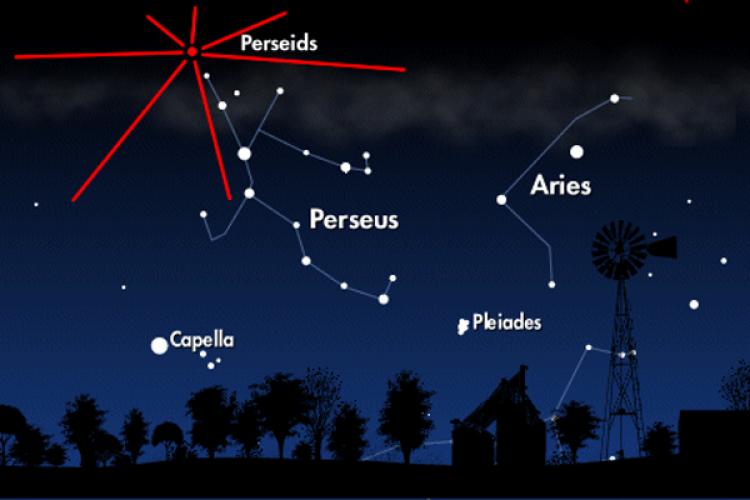After 29 years, I saw my first shooting star last year. The shiny, silvery streaks, which last barely a second, remain as fresh in my mind as what I had for breakfast this morning.
Over the next few nights, you have the chance to experience the same thrill. The Perseids will peak this weekend, and you’ll get the best chance of the year to spot shooting stars. Here is a guide to enjoying the celestial spectacle.
What am I watching, exactly?
A meteor shower is a celestial event caused when small particles enter Earth’s atmosphere and burn up. In this case, as the Earth crosses floating debris from the comet Swift-Tuttle’s previous passes, we witness the Perseid meteor shower, named after the Perseus constellation that appears to be the point of origin for the light show.
Where and when can I see it?

The Perseids have already begun. But the best viewings are in the wee hours of Aug. 11, Aug. 12, and Aug. 13. It doesn’t matter where on Earth you live. Per NASA’s advice, The best way to see the Perseids is to go outside between midnight and dawn. Allow about 45 minutes for your eyes to adjust to the dark. Lie on your back and look straight up.
The waning gibbous moon could spoil the fun for you. EarthSky’s adviceis to find a spot in the moon’s shadow, perhaps one cast by a building. But Perseids are often bright enough that even the moon’s glow can’t hide them completely. Finally, to give yourself the best chance, avoid city lights by going to the countryside if you can.
Should I be worried?
Nope. Although Perseid meteors travel at 132,000 mph (212,000 kph), they burn up some 50 miles (80 km) above the Earth after reaching a temperature of around 10,000°F (5,500°C).
Future generations may have more to worry about. The comet that is responsible for the Perseids has been described by some astronomers as the “single most dangerous object known to humanity.” Swift-Tuttle’s orbit is 133 years, and its next closest brush with the Earth will be in 2162. It won’t get within spitting distance of our planet again until 4479, when the probability of a collision is one in a million. That might seem low, but given the comet’s size—much larger than the one thought to have caused the extinction of dinosaurs—it could cause total devastation.
Happy star gazing!
